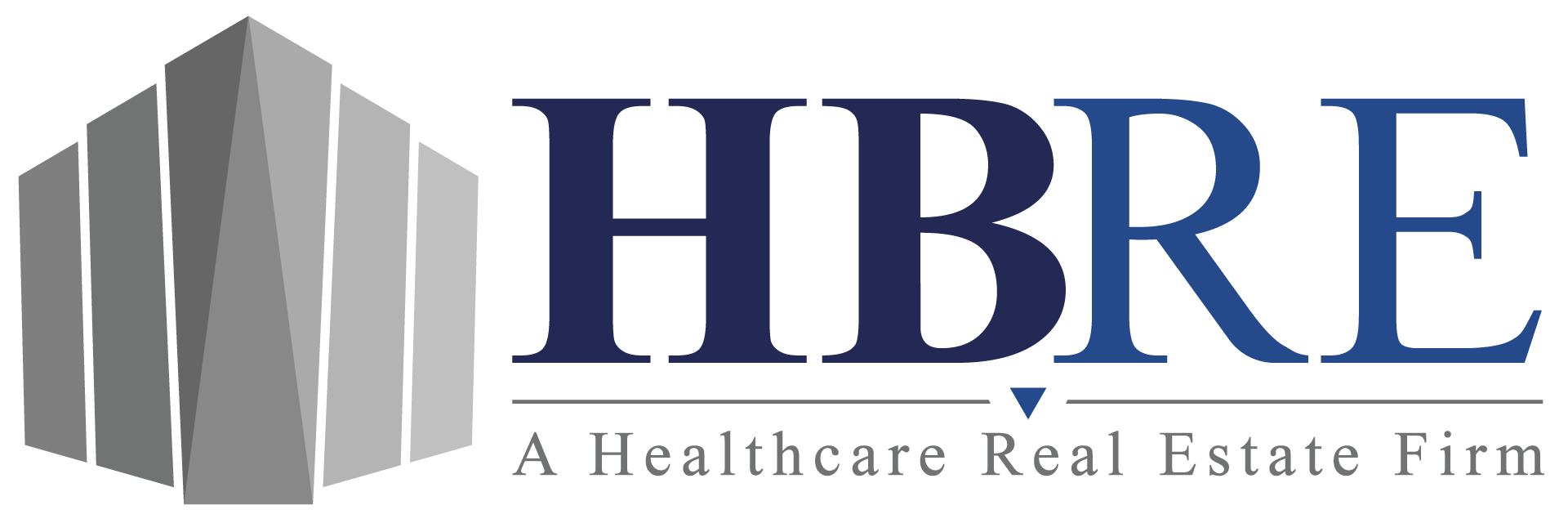If there ever was a time to purchase medical real estate, that time is now. At the end of 2018, one projection said 16% more medical office building (MOB) space will be in high demand in the next 10 years. Now, the pandemic has heightened the awareness of the need for more medical spaces. The need for physicians is great and includes both primary care doctors and those who offer specialized care. According to the Association of American Medical Colleges, there will be a projected shortage of as many as 139,000 doctors by the year 2033. With such a demand for medical care, the demand for real estate is also growing.
Medical groups are experiencing pivotal shifts in their patient bases and seeing the need to expand their practices. The Centers for Medicare and Medicaid Services project that between 2020 and 2027, U.S. healthcare spending will increase by $1.9 trillion. Potential buyers of MOBs can and should take advantage of this favorable market. But, as with any substantial investment, there are a few things to keep in mind before signing on the dotted line of a medical real estate purchase agreement.
Leasing vs. Owning Medical Real Estate
The decision to lease vs. buy a MOB can be a weighty one for any medical practice. In the case of leasing, the medical group avoids the risks of owning the facility. They often don’t have to foot the bill for building maintenance, and they are free to move locations when their lease is up.
However, in the case of buying MOBs, the owners have significant advantages. For one, they don’t have to worry about the inevitable, annual rent increases that come with leasing. Physicians who own their buildings also typically plan to stay in the same location for a long time. At the end of their practice, they can sell their medical real estate to other partners or physicians and yield equity.
In some cases, a sale-leaseback may also be an option for owners of medical real estate who are in need of additional cash to cover debt or those who need a cleaner balance sheet. In these transactions, the owner can sell their property and receive immediate capital, then turn around and lease the property back from the new owners. These lease agreements typically come with a long lease time frame of 10 to 20 years, which allows the medical practice to continue to treat its patient base from their prefered location. Some practices who are struggling due to pandemic-induced shutdowns may need to consider this option. And investors who are interested in purchasing space with existing tenants would benefit from sale-leasebacks. But before making any final decisions to lease, buy, or pursue a sale-leaseback negotiation, a medical group or medical landlord should determine their long-term goals.
When to Buy Medical Real Estate
If a medical group chooses to buy a MOB, timing is an important factor. Some experts suggest that if a medical group plans to buy, there are still a minimum of ten years remaining in practice. This has a lot to do with having time to pay down a loan and gain equity before the end of the practice’s lifetime.
The timing of the buy also relies heavily on the readiness of the individual medical practice. A medical group should consider their financial stability before deciding to buy. They should review the practice’s cash-on-cash analysis and net worth before determining if they can sustain a long-term commercial loan. By reviewing the targeted area and speaking with an experienced broker, the practice can determine the right time to buy CRE.
Consider the Occupancy Cost
Commercial property is not a one-time expense. Over time, the building will need maintenance as well as structural or aesthetic updates. According to Rich Campbell of CCIM, a medical group should consider their practice as a tenant of their space. This way, they can factor their tenancy as an occupancy cost. Maintenance, rent, and real estate tax reimbursements are all examples of the items included in occupancy cost. A medical group that considers themselves a tenant of their space can account for their total recurrent cost and its impact on the practice’s budget.
Where to Buy Medical Real Estate
Between the summers of 2018 and 2019, medical office square footage across the U.S. grew by 21 million square feet. Just 10 cities hold over 35% of that newer inventory, which could indicate a strong potential for growth in those markets. As with any sector of commercial real estate, some markets are stronger than others. Markets also fluctuate, which is why it is important to conduct thorough market research before selecting a new site or building for a medical practice.
Determining the location of a medical office requires a few unique considerations. In the medical CRE sector, medical groups have to consider their specific patient base. Traditional hospitals, micro-hospitals, outpatient clinics, or local surgery centers should look for property that is easily accessible to the vast majority of their patients. Additionally, medical groups need to think about a community’s infrastructure and growth plans, as that could impact the medical practice’s growth as well. For example, if a city plans to add more shops, family activities, and public transportation, the higher foot traffic from these additions could increase the patient base.
Type of Medical Facility and Functionality
Each type of medical practice will have a different set of requirements for their facilities. Medical groups should review the detailed needs of their practice to ensure their facilities can accommodate adequate patient care. While family doctors or pediatricians may not need class A properties, physicians who offer more specialized care may require more state-of-the-art qualities in their space. Some medical groups will also require space to house specially designed equipment, and others will need a significant amount of patient rooms.
There are four major types of medical facilities. Each property type has a set of pros and cons that could impact a medical practice. Medical professionals should review their options carefully and consider which space is the right fit for their medical group:
- Hospital campuses are a traditional form of patient care. They offer a wide scale of patient treatment options, and specialty medical groups are all accessible to the patient in the same, general location.
- Office buildings facilitate the corporate teams of a health system. This type of medical property melds with the traditional office sector of CRE.
- Medical offices are properties that serve teams of doctors and their patients. These types of facilities are often referral sources for larger health systems.
- Retail medical facilities (otherwise known as “Medtail”) are vacant retail spaces that have become medical clinics or urgent care centers.
In addition to selecting the right property type and size of a facility, a medical group may need to update an existing facility. For example, older MOBs may no longer meet the requirements of the Americans with Disabilities Act or the state’s building codes. These medical real estate properties may be worth the upgrades, but some medical groups will not be able to afford the cost of renovations. The cost of upgrades should be a factor in the medical group’s decision to purchase an existing medical facility.
Other Considerations for Medical Real Estate
The pandemic has given medical professionals many additional factors to consider before purchasing a medical space. For example, large hospital systems may now need to purchase spaces with negative pressure areas that can accomodate quarantine units. Some practices may need to review the amount of square footage they purchase to account for doctors who lead telehealth appointments while working onsite. And some medical practices may need to buy facilities that offer flex space to serve multiple needs in one setting.
Medical Real Estate Advisors
Purchasing medical real estate is a significant undertaking. The property search, market reviews, location factors, and lease calculations are just four points of interest in a long list of CRE purchasing details. Medical professionals often do not have the time to thoroughly review inventory, handle site visits, or undergo detailed negotiations with new landlords. Many choose to rely on a team of experienced CRE advisors who have a specific skill set for medical real estate.
HBRE is a medical CRE practice with highly skilled medical real estate advisors. As a team, they have decades of experience in commercial negotiations and transactions. They also understand the unique facets of the medical sector, including Stark Law and the Anti-Kickback Statute. They know what basic structural requirements to look for in a new facility, and they have experience working to negotiate buildout costs. Having served both landlords and tenants, HBRE’s team of experts knows how to make a deal work for both parties, keeping the landlord-tenant relationship intact.
The medical field is an ever-changing entity. Naturally, medical real estate will follow suit. As medical real estate shifts in the wake of the pandemic, medical groups will benefit from having reputable medical real estate professionals on their side. With proper planning and strategy, and with the right medical real estate practice in place, medical groups will be able to find the facilities that meet their needs and the needs of their patients.
If you are interested in learning more about investing in commercial real estate, or if you have questions about buying, selling, or leasing a commercial property, please contact an HBRE advisor. Our team of experienced CRE professionals have the skills and insight to assist with all property transactions. To reach out to us directly, email [email protected] or call 615-564-4133.




